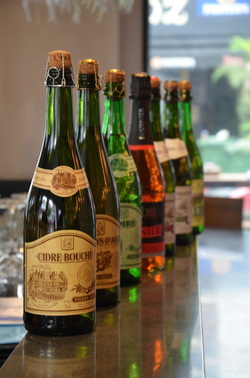 Cider - the drink of choice
Cider - the drink of choice Eating out in Singapore is all about choice – and there is so much of it. So how about a French restaurant with a twist? We visited Le Comptoir in Circular Road.
“I’d like a glass of cider please,” I casually said to the smiling barman.
A pig-like snort came from the friend sitting next to me: “Cider?! What are you? 16?”
I think cider has suffered from a bad reputation for too long, so I’m sticking my neck out. Yes, I admit it. I love cider. I’m a recent convert, but none-the-less I have changed my views.
Talking to friends I was surprised by how divisive the issue is. The innocent question of “what do you think of cider?” was met with the following answers:
“It’s what you drink when you can’t afford wine.”
“It’s for yobbish teenagers hanging round on street corners.”
“It’s far too sweet.”
“It’s hardly a drink of choice, is it?”
But it is a drink of choice. A whole bottle will only set you back S$24. You can even have a pretty rosé. Or a drink that smells so fresh and crisp it could easily compete with a Sauvignon Blanc. And it’s a drink that pairs nicely with meals too: pancake-based meals in fact.
A couple of days ago I visited a new bijou French restaurant called Le Comptoir. It’s a sharp-angled building thrusting into Circular Road. Forgot the red checked tablecloths and the baskets of bread; think trendy, industrial deco. This is new French with a nod to the past, and an eye to the future.
At its heart, it’s a crêperie; many of its meals are based on pancakes (try the 79 – it’s divine). But this is no ordinary crêperie. The modern twist is its fusion of flavours. How about butter chicken with onion, garlic, turmeric, curry and coriander leaves, all wrapped in a pancake. Or if you have a sweet tooth how about chestnut spread, chocolate and Chantilly?
Whether you're popping in for a swift after-work swig sitting at the bar, or tucking into a hearty meal, it's a little piece of something different.
Where? Le Comptoir, 79 Circular Road, Singapore.
Fun fact: Le Comptoir serves Singapore’s first selection of traditional French Breton Cider.

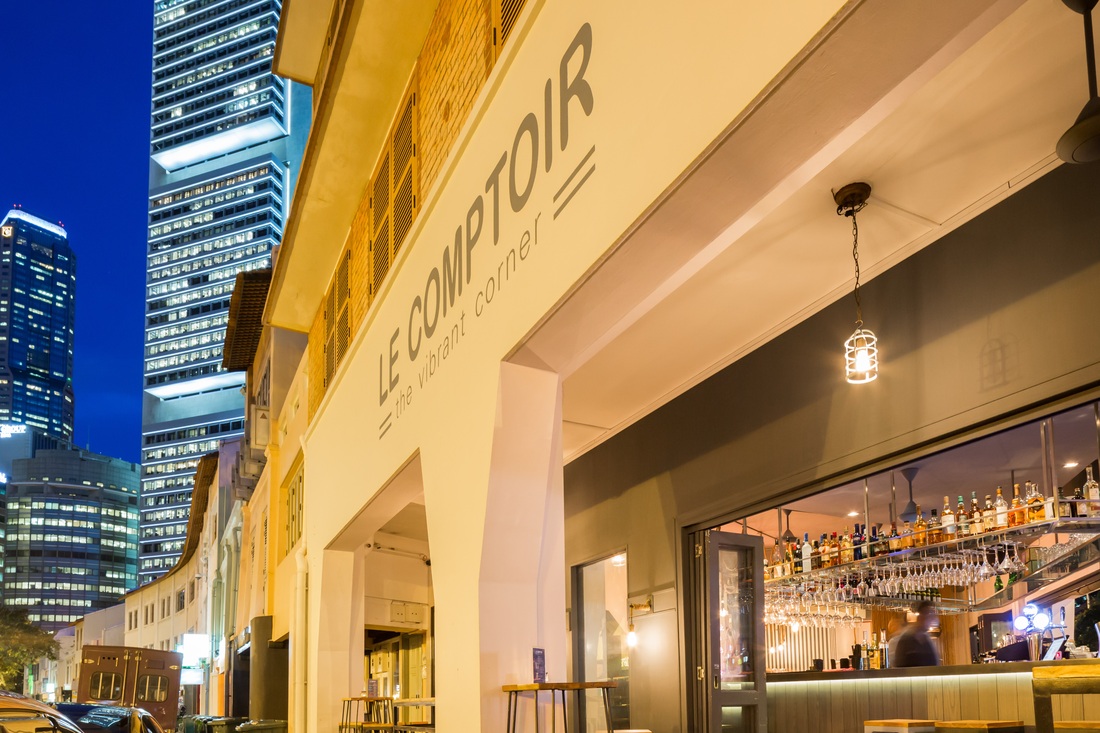
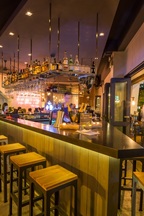
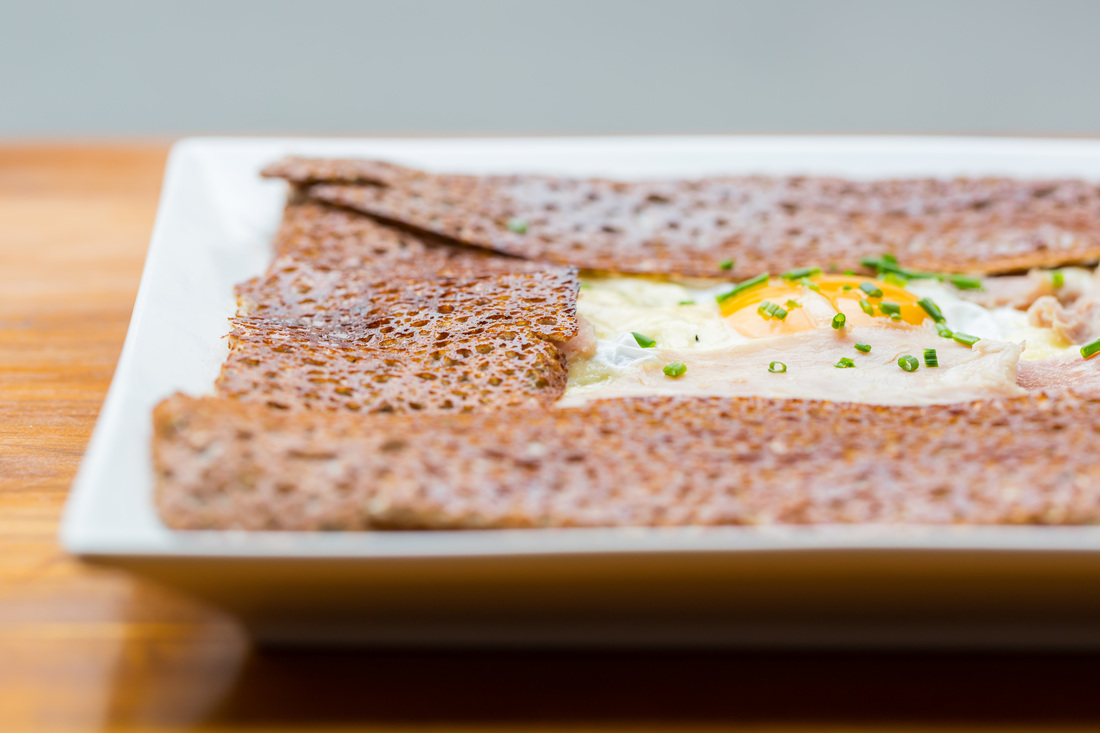
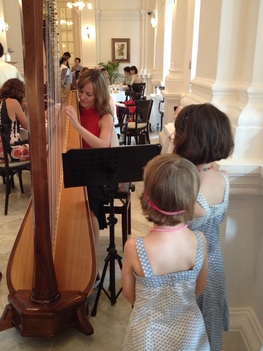
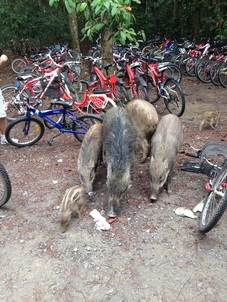
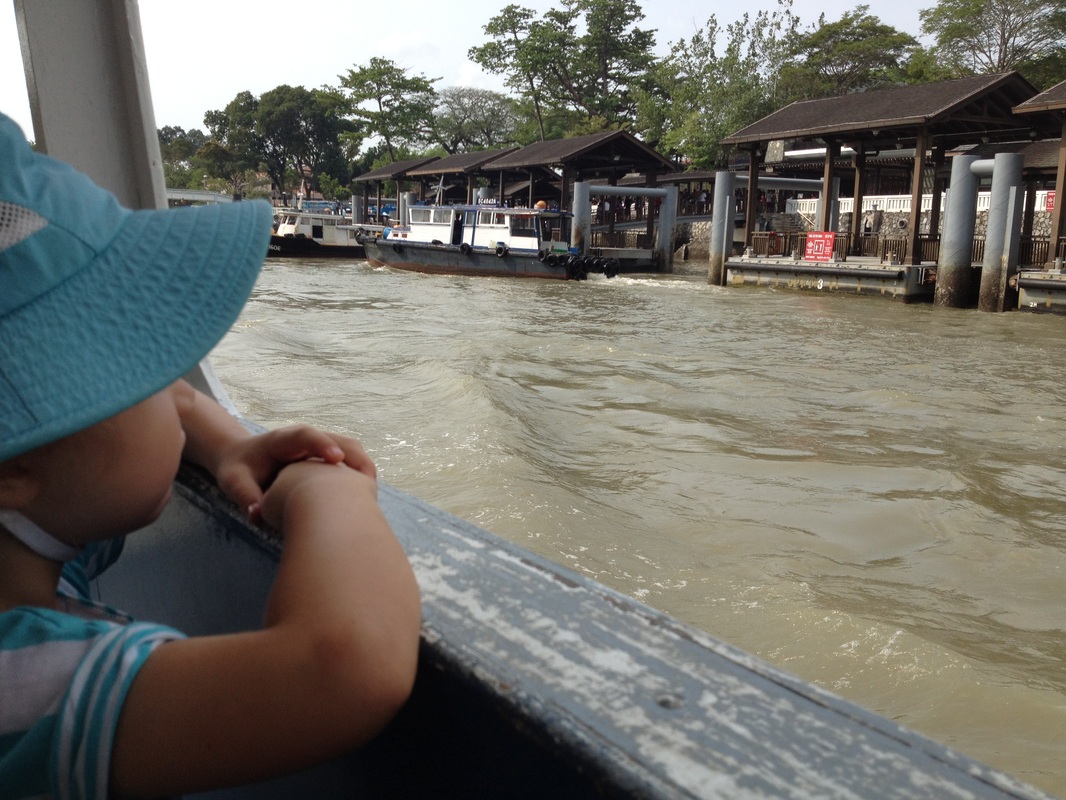
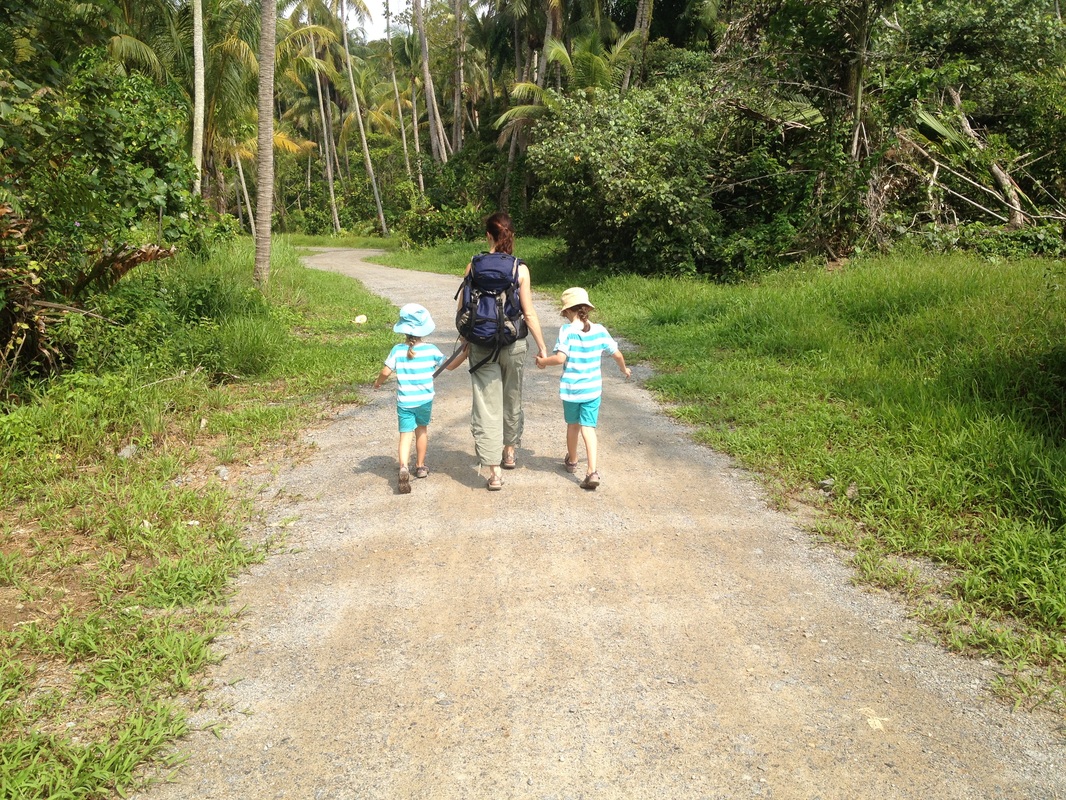
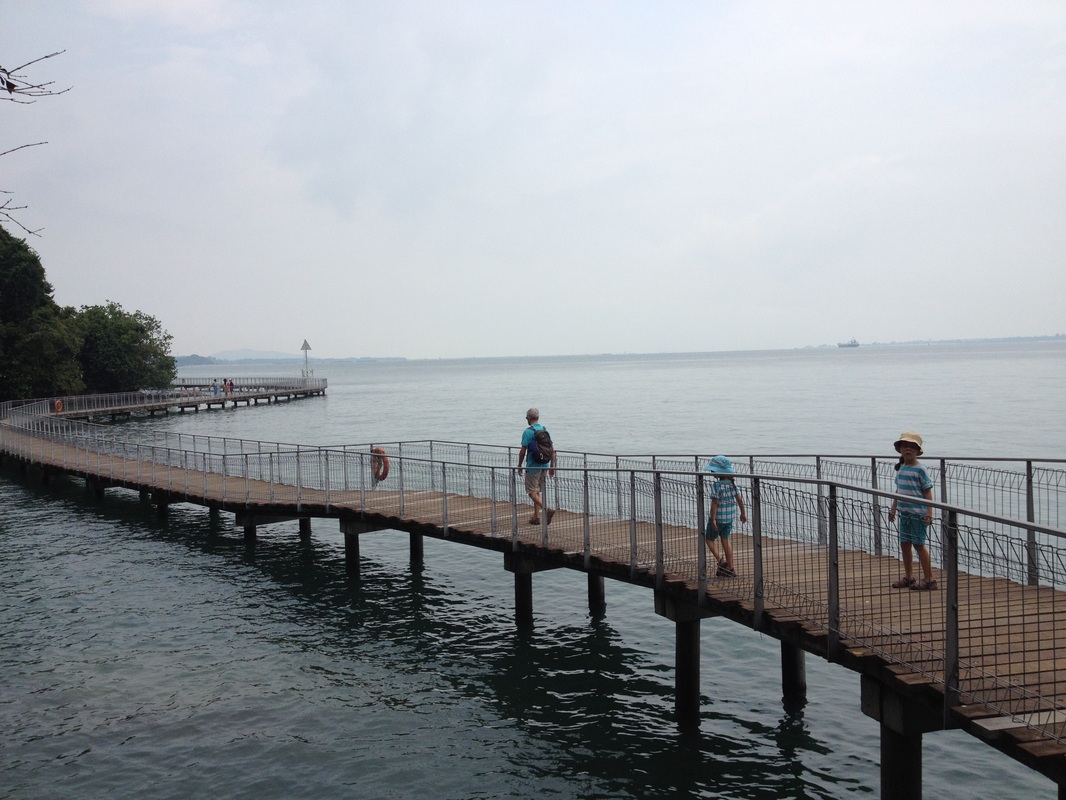
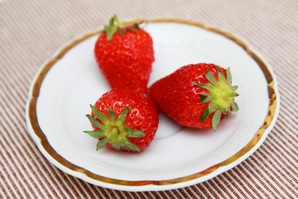



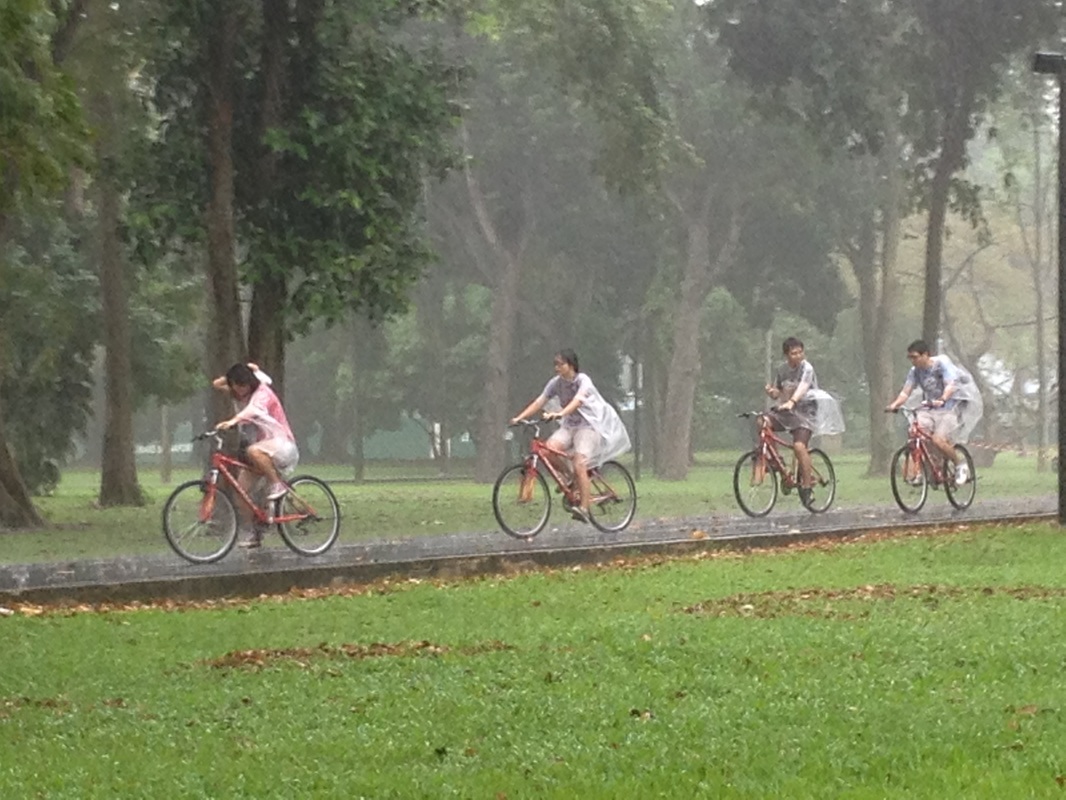

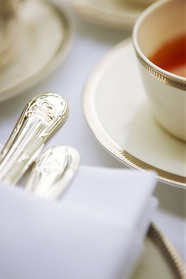
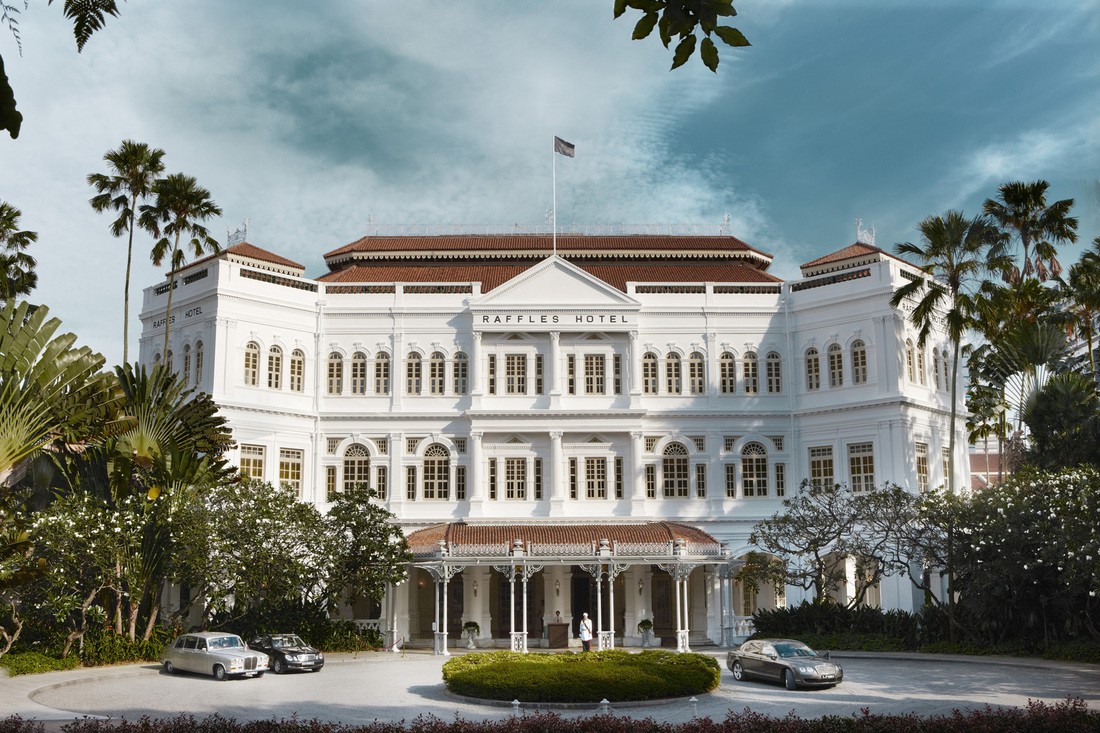
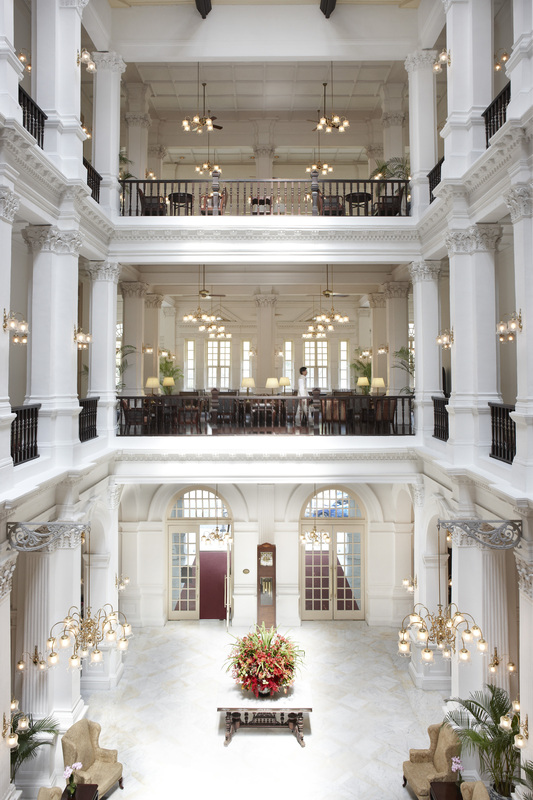
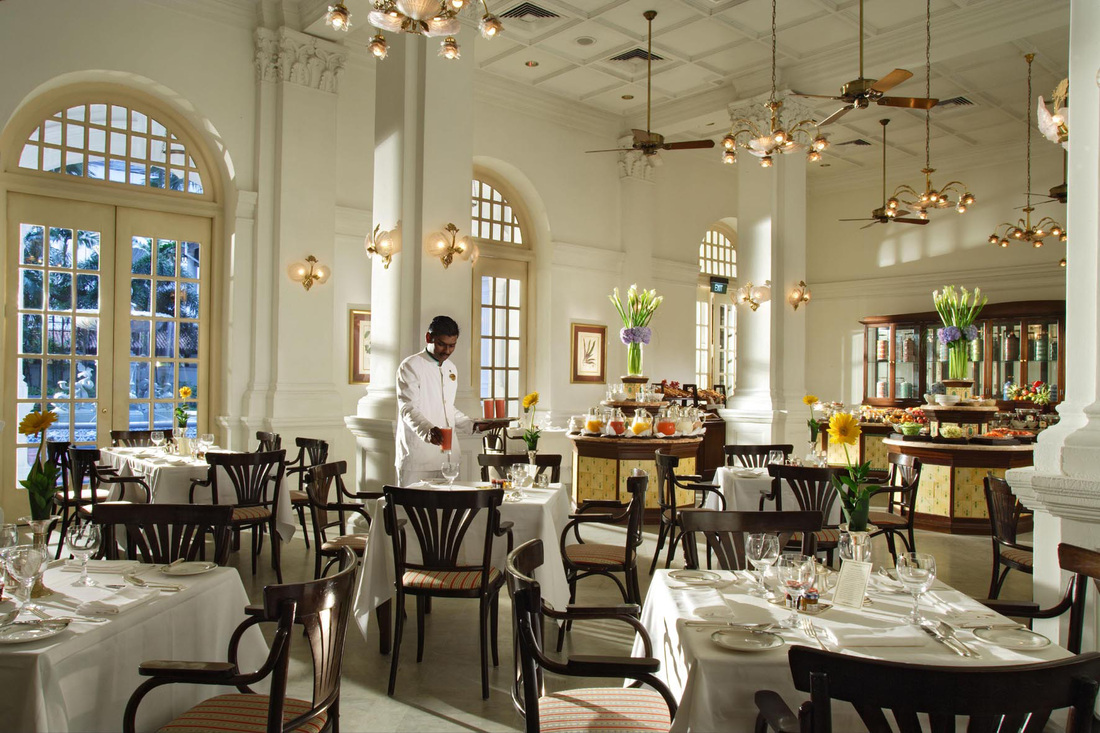

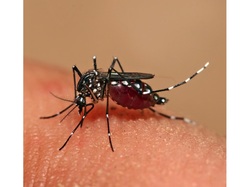

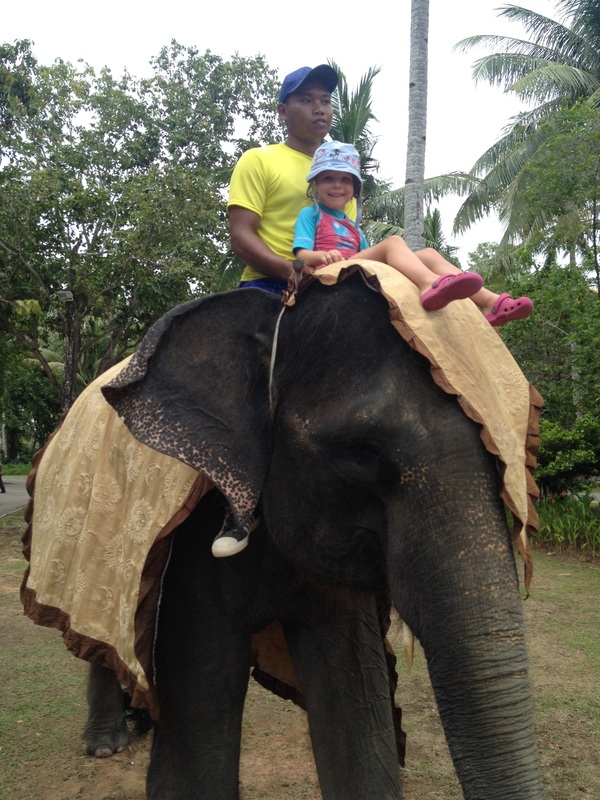


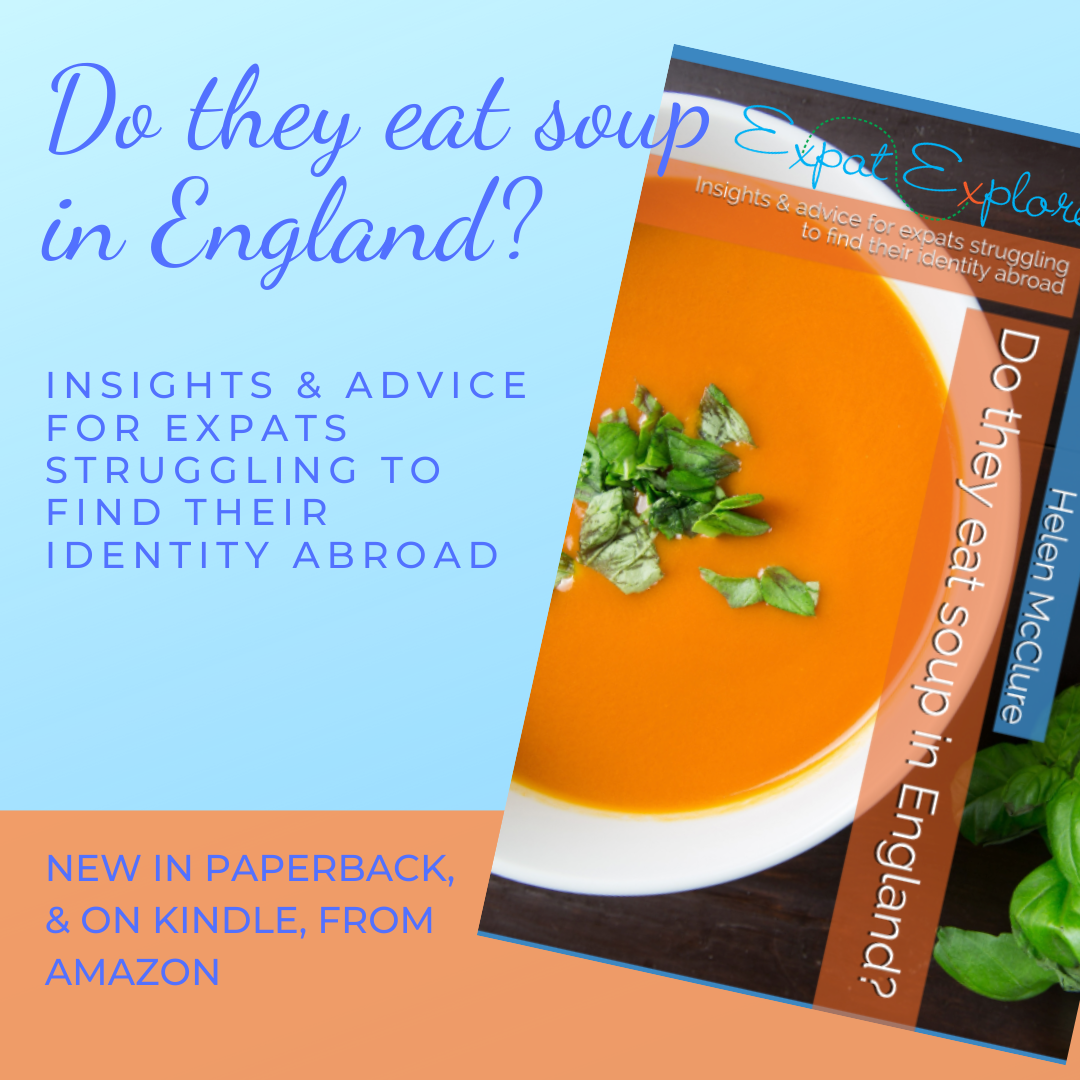

 RSS Feed
RSS Feed
